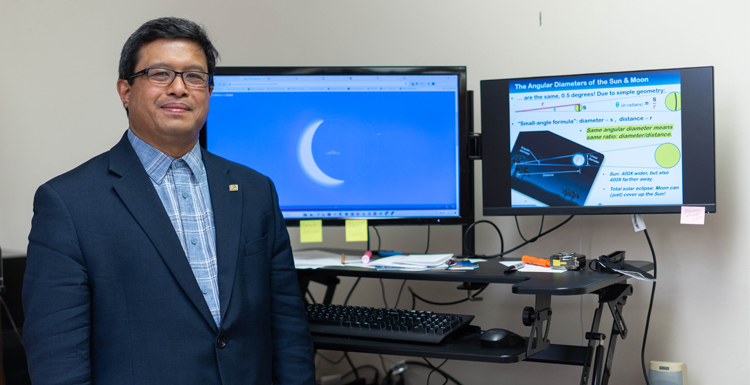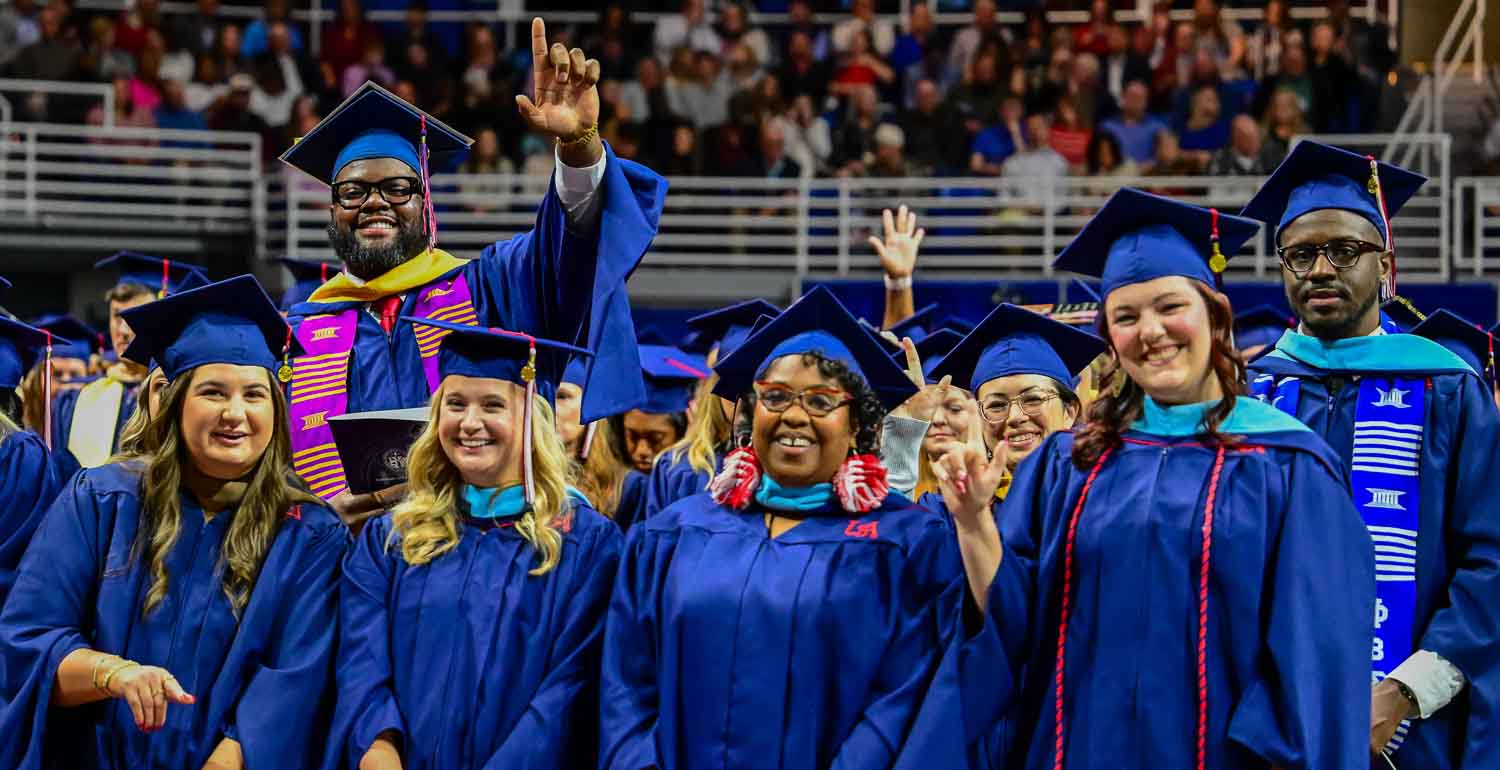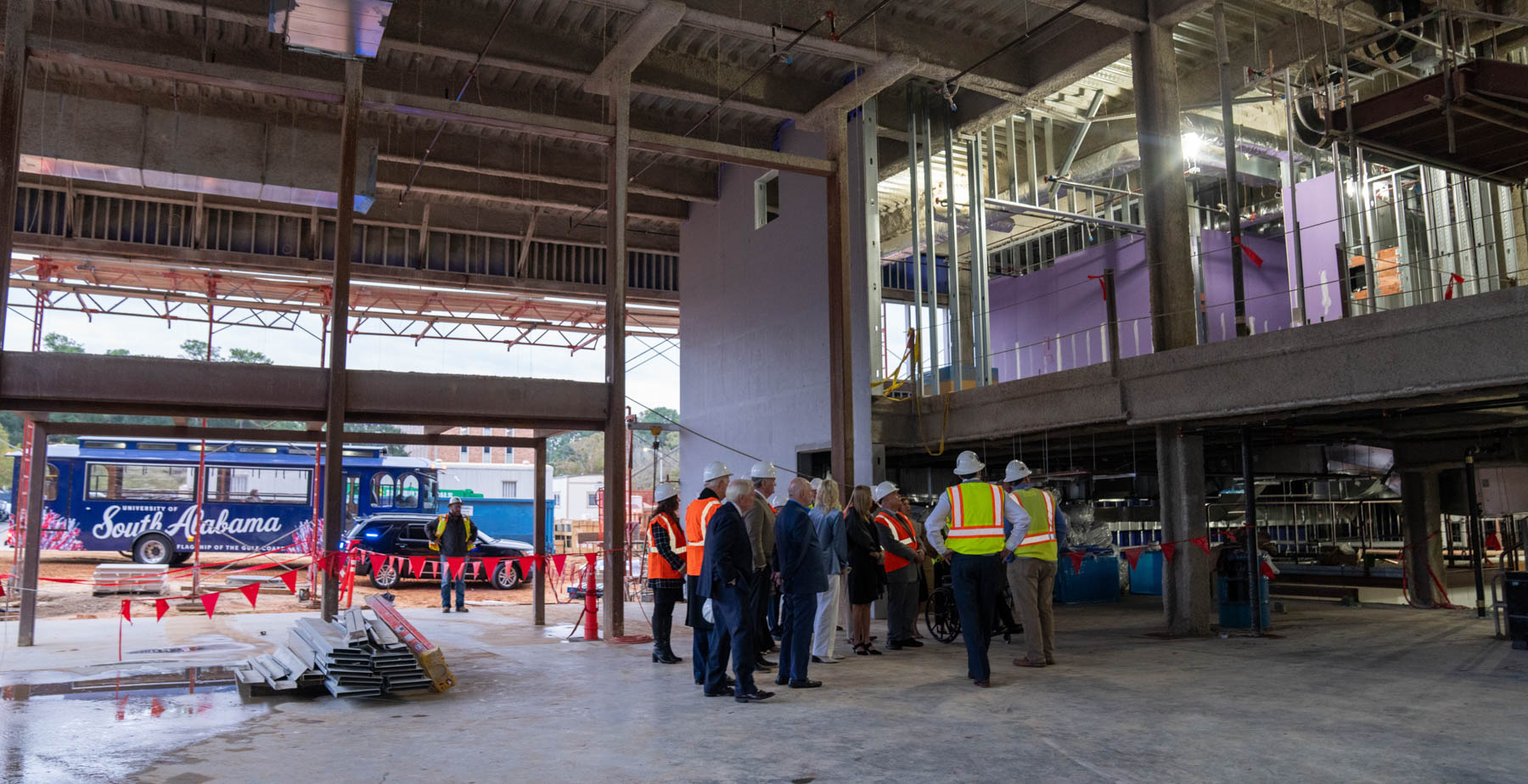5 Things to Know About Monday's Solar Eclipse
Posted on April 2, 2024

On Monday, April 8, 2024, a large swath of the United States will experience a total solar eclipse. Dr. Albert A. Gapud, associate professor in the University of South Alabama’s Department of Physics whose courses include Introduction to Astronomy, offers five things to know:
- The moon’s 100-mile-wide shadow will be traveling from Mexico to Maine in less than 2 1/2 hours. Beginning around 12:30 p.m. Central Time a narrow “path of totality” will travel across at least 10 states and cities including Dallas, Indianapolis and Cleveland. Those within the path of totality will experience a virtual nighttime lasting at least four minutes. During that time, nighttime creatures emerge, streetlights turn on, the temperature drops significantly and a “360-degree sunset” is visible.
- Total solar eclipses are a once-in-a-lifetime event and one of nature’s most spectacular shows. There will not be another total solar eclipse significantly visible from the United States for another 21 years — Aug. 12, 2045, to be exact. That path of totality will pass through Mobile. Although solar eclipses happen somewhere in the world every two years, a total solar eclipse in one region generally only repeats every 54 years. This is known as a “Saros series”.
- Mobile will see a partial eclipse, reaching a maximum of 75 percent just before 2 p.m. Outside the path of totality, almost the entire country will see at least a partial coverage of the sun. During those 2 1/2 hours, Mobile will witness the moon moving in front of the sun from 12:34 p.m. until 3:12 p.m., reaching 75 percent coverage at 1:54 p.m. At this level, casual observers may not notice enough drop in brightness or temperature to know that an eclipse is even happening.
- Caution: Even during a partial eclipse, it is never safe to look directly at the sun, even with sunglasses. Only during totality is it safe enough to look directly toward the sun, and that will not happen in Mobile. During a partial eclipse, even a sliver of unblocked sunlight is still dangerous to view. Two safe ways to view the sun is by projecting its image using a pinhole camera, or by wearing special, ISO-certified solar-viewing goggles.
-
Students, faculty and staff are invited to experience the partial eclipse on campus. Weather-permitting, from noon until 2 p.m. the University community is invited to visit the second-floor entrance of the Marx Library for “Solar Eclipse of the Marx” — an informational and viewing session. Certified solar-viewing goggles will be provided while supplies last. The pinhole-camera projection method will also be demonstrated as will a brief presentation on how and why a solar eclipse occurs. Pizza, lemonade and water will be provided. For more details, contact gapud@southalabama.edu or sonjasheffield@southalabama.edu .





